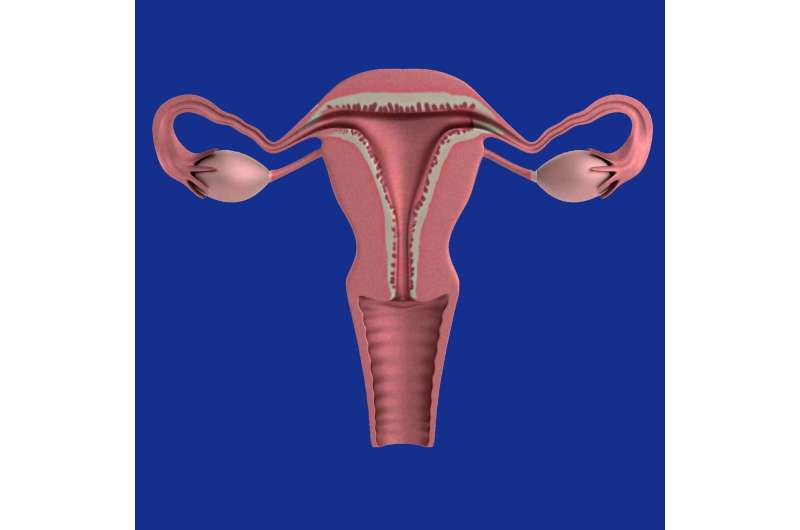Breakthrough Study Uncovers Early Indicators of Ovarian Cancer Risk

Researchers at Mayo Clinic have identified early cellular changes in the fallopian tubes that may signal the risk of developing ovarian cancer, paving the way for improved early detection and prevention methods.
Researchers at Mayo Clinic have made a significant advancement in understanding ovarian cancer by identifying early cellular changes that may signal future development of the disease. Ovarian cancer often goes undetected until it reaches advanced stages, with approximately 75% of cases diagnosed at stage 3 or 4, when the cancer has already spread beyond the ovaries.
The team focused on a young patient with two rare genetic mutations—BRCA2 and TP53—that greatly elevate the risk of hereditary breast and ovarian cancer syndromes. This patient underwent preventive surgery, including removal of her ovaries and fallopian tubes, due to her high cancer risk. During her examination, scientists detected subtle cellular alterations in her fallopian tube lining, particularly early signs that could hint at the formation of ovarian cancer well before any symptoms appear.
Using advanced single-cell sequencing technologies, researchers observed that in this high-risk individual, the normal balance of epithelial cells in the fallopian tubes was disrupted. There was a marked increase in secretory cells, which promoted chronic inflammation—an environment conducive to cancer development. Interestingly, these cells lacked progesterone receptor proteins, suggesting that oral contraceptives, which contain progesterone-like hormones, might not always be effective in reducing risk in all individuals.
The study also established a living fallopian tube biobank at Mayo Clinic, which allows scientists to study the initiation of ovarian cancer at a cellular level, including growing organoids or mini-tissues from patient samples. This resource is particularly valuable for understanding inherited cancer risks like those associated with BRCA and Li-Fraumeni syndrome.
In one of the key discoveries, researchers observed that secretory cells outnumbered multiciliated cells in the fallopian tubes of the patient. This shift not only disturbed normal cell development but also contributed to a persistent state of inflammation, further increasing cancer risk. These insights could lead to the development of earlier detection methods and preventive strategies targeted at the earliest cellular changes.
The ongoing work aims to unravel the precise origins of ovarian cancer, especially in individuals with inherited genetic mutations. By understanding how these early alterations occur, scientists hope to create personalized screening and prevention approaches that could drastically improve outcomes for high-risk populations.
Learn more about these findings in the study published in JCO Precision Oncology and watch insights from Dr. Jamie Bakkum-Gamez on the early signs of ovarian cancer risk. Source: Mayo Clinic (https://medicalxpress.com/news/2025-06-capture-ovarian-cancer.html).
Stay Updated with Mia's Feed
Get the latest health & wellness insights delivered straight to your inbox.
Related Articles
Understanding Viral Mimicry in Cancer Cells and Its Impact on Immune Response
Research highlights how repetitive DNA in cancer cells mimics viral patterns, activating the immune system and impacting cancer progression, with significant implications for immunotherapy development.
The Impact of Warm and Consistent Parenting on Children's Brain Development and Learning
Evidence-based parenting programs can lead to significant brain changes in children, improving decision-making, reward processing, and reducing antisocial behaviors. Early intervention is key for healthy development.
Recall of Zicam and Orajel Swabs Due to Fungal Contamination Risk
Certain Zicam and Orajel nasal and teething swabs are being recalled due to potential fungal contamination, posing health risks especially for children and immunocompromised individuals.



